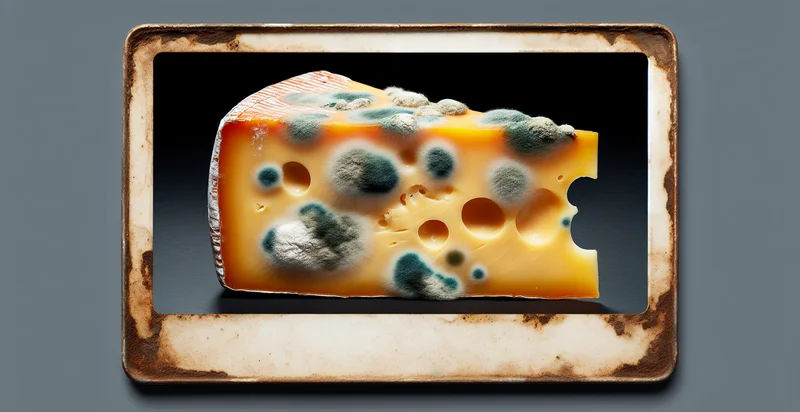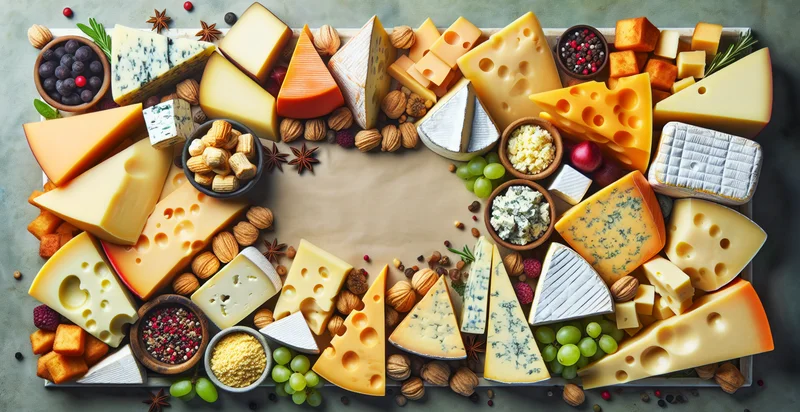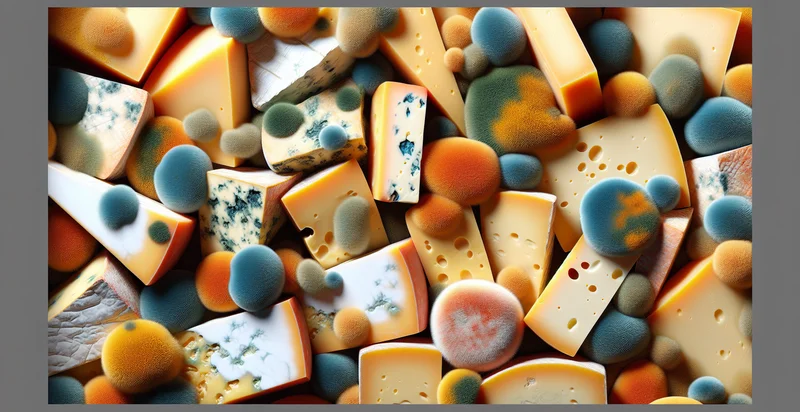Identify if cheese is rotten
using AI
Below is a free classifier to identify if cheese is rotten. Just upload your image, and our AI will predict if the cheese is rotten - in just seconds.

Contact us for API access
Or, use Nyckel to build highly-accurate custom classifiers in just minutes. No PhD required.
Get started
import nyckel
credentials = nyckel.Credentials("YOUR_CLIENT_ID", "YOUR_CLIENT_SECRET")
nyckel.invoke("if-cheese-is-rotten", "your_image_url", credentials)
fetch('https://www.nyckel.com/v1/functions/if-cheese-is-rotten/invoke', {
method: 'POST',
headers: {
'Authorization': 'Bearer ' + 'YOUR_BEARER_TOKEN',
'Content-Type': 'application/json',
},
body: JSON.stringify(
{"data": "your_image_url"}
)
})
.then(response => response.json())
.then(data => console.log(data));
curl -X POST \
-H "Content-Type: application/json" \
-H "Authorization: Bearer YOUR_BEARER_TOKEN" \
-d '{"data": "your_image_url"}' \
https://www.nyckel.com/v1/functions/if-cheese-is-rotten/invoke
How this classifier works
To start, upload your image. Our AI tool will then predict if the cheese is rotten.
This pretrained image model uses a Nyckel-created dataset and has 2 labels, including Cheese Is Fresh and Cheese Is Rotten.
We'll also show a confidence score (the higher the number, the more confident the AI model is around if the cheese is rotten).
Whether you're just curious or building if cheese is rotten detection into your application, we hope our classifier proves helpful.
Related Classifiers
Need to identify if cheese is rotten at scale?
Get API or Zapier access to this classifier for free. It's perfect for:
- Quality Control in Dairy Production: This use case involves the implementation of the 'if cheese is rotten' identifier in dairy manufacturing facilities. By automatically detecting spoilage in cheese products, manufacturers can prevent the distribution of unsafe products, ensure consumer safety, and maintain brand reputation.
- Retail Inventory Management: Supermarkets and cheese retailers can utilize this classification function to assess the quality of their cheese inventory. Identifying rotten cheese on the shelves allows retailers to remove spoiled items promptly, reducing waste and maintaining customer satisfaction.
- Food Safety Compliance: Restaurants and food service providers can leverage this technology to comply with food safety regulations. By regularly monitoring their cheese supplies for spoilage, they can minimize legal risks and ensure adherence to health guidelines.
- E-commerce Cheese Quality Assurance: Online cheese retailers can integrate this identify function into their logistics processes. By ensuring that only fresh, non-rotten cheese is shipped to customers, they can enhance customer trust and improve their market reputation.
- Supply Chain Transparency: Distributors can use the identifier to improve the transparency of their cheese supply chain. By tracking spoilage at various points in the supply chain, organizations can pinpoint inefficiencies and address issues related to storage and handling, ultimately leading to fresher products.
- Consumer Applications: An app designed for home cooks can incorporate the cheese spoilage identification feature. Users can take pictures of their cheese to check for spoilage, which promotes food safety and reduces unnecessary waste in household kitchens.
- Research and Development for New Cheese Varieties: Food scientists can use this identification technology to study and develop new cheese varieties with extended shelf life. By understanding which characteristics lead to spoilage, they can innovate recipes and manufacturing processes that improve cheese longevity.


